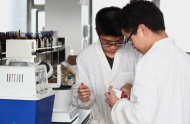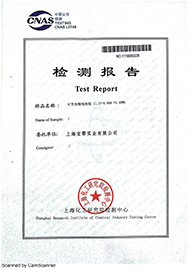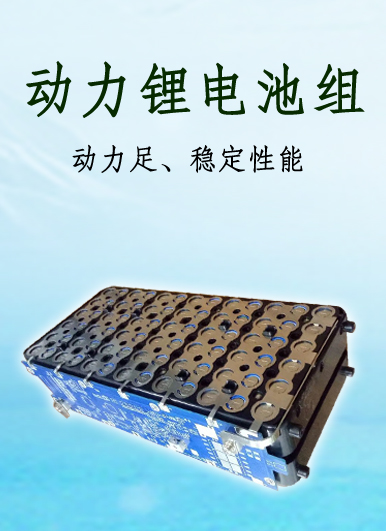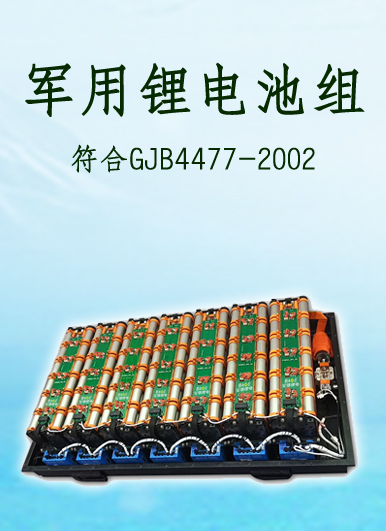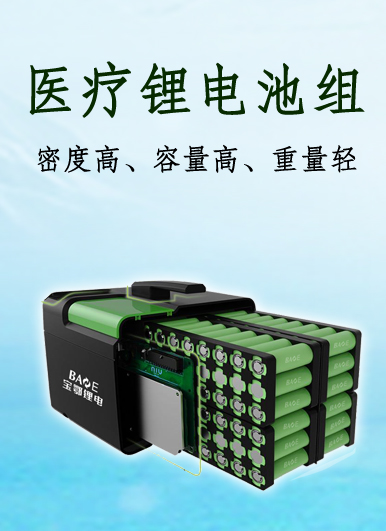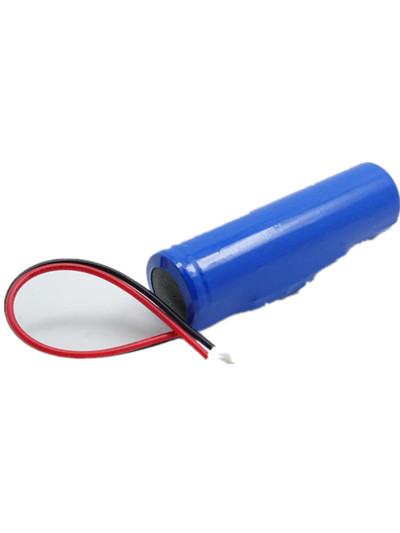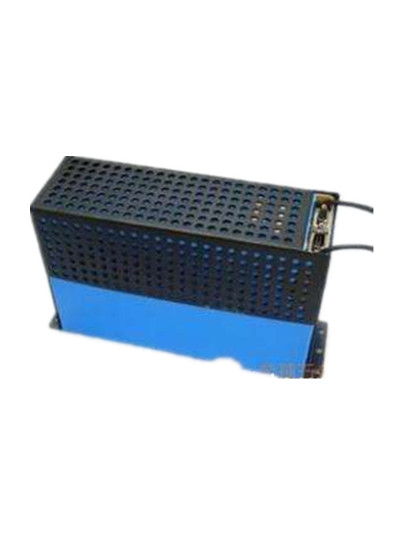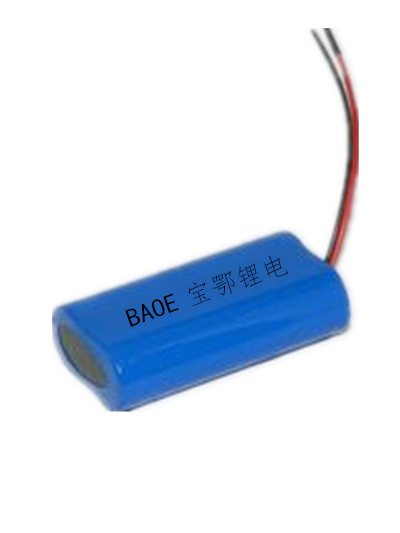出于保护电池寿命和安全的考虑,怎样给电池充电方式最好呢
来源:宝鄂实业
2019-06-20 09:03
点击量:次
After the electric vehicle is charged to 90%, the electric control system will "control the current" and reduce the current input, also for the sake of protecting the battery life and safety. When the battery is charged to 80%, besides time consumption and other factors, the full battery will be in a full-load state, which is easy to fatigue for a long time, that is to say, the service life of the battery will be damaged. As the father of hybrid technology, Toyota has studied battery technology for more than 20 years, so it has a unique view on battery management: shallow charging and shallow discharging! Only 40% discharge will lead to charging, and only 80% charge will lead to long battery life. Simply put, charging and discharging the battery at 40%-80% is the most ideal power consumption. Some experts said that fast charging does damage the life of the power battery to a certain extent. The solution is to try to reactivate the arrangement of electrons in the battery pack with slow charging after a certain number of fast charging. The process and principle are very complicated, so they will not be carried out here. Therefore, it is necessary to charge the battery alternately from time to time in order to give full play to its efficiency. There are too many factors affecting the charging speed. First of all, it is necessary to know that the suppliers sharing the charging piles are not unified, such as special electricity calls, ten thousand cities and ten thousand charging, stars, Putian, the State Grid and the Southern Grid. Different suppliers and different charging stations have different charging voltages. Take BYD EV360, a big car driver, as an example. Special calls near home share the charging pile. The YuaneV is charged from 22% to 77% in one hour. In other words, only 55% of the electricity is charged in one hour. Charge to 80% of the power for nearly 1 hour and 5 minutes. Later, Da Ka used about 20% of the yuan EV to charge at Wancheng Wanchong Charging Station. When the battery charge reached 80%, it only took 30 minutes. On this issue, Daga consulted some charging pile companies and BYD, and both parties gave the same reply: the voltage of each charging pile is different, and there is indeed a time difference under the premise of charging the same amount of electricity. After a week, the yuan EV of Big Cafe had to be charged again. At this time, Big Cafe chose Putian, another charging pile company, to charge up to 80% of the remaining 20% of the electricity in 48 minutes. The speed of charging is also related to the technology of car companies. after a period of exploration, daka has now found a charging station with a fixed location for charging and has also met many "electric friends". The stations are frequented mostly by Geely emgrand EV, Beiqi new energy EC, BYD e5 and Guangzhou new energy GE3, and of course there are big players and my own BYD yuan EV. After the exchange, there is a general consensus that BYD is the fastest to charge, followed by BAIC, Geely and GAC's newAfter the electric vehicle is charged to 90%, the electric control system will "control the current" and reduce the current input, also for the sake of protecting the battery life and safety. When the battery is charged to 80%, besides time consumption and other factors, the full battery will be in a full-load state, which is easy to fatigue for a long time, that is to say, the service life of the battery will be damaged. As the father of hybrid technology, Toyota has studied battery technology for more than 20 years, so it has a unique view on battery management: shallow charging and shallow discharging! Only 40% discharge will lead to charging, and only 80% charge will lead to long battery life. Simply put, charging and discharging the battery at 40%-80% is the most ideal power consumption.电动车充电至90%后,电控系统会“控流”,降低电流的输入,同样是出于保护电池寿命和安全的考虑。电池充到80%的时候就可以了,除了时间消耗等因素之外,充满电池会处于一个满负荷状态,长期以往容易疲劳,也就是说折损电池的使用寿命。作为混合动力技术之父的丰田,研究了二十几年的电池技术,因此对电池的管理有着独特的见解:浅充浅放!放电只放到40%就会充电,充电只充到80%,电池的寿命才会长。简单来说,电池电量在40%-80%之间充放电是最理想的用电情况。
有专家表示,快充确实一定程度上折损动力电池的寿命,解决办法则是在一定次数快充之后,试着用慢充重新激活电池组内部带电子的排列。这个过程和原理很复杂,就不在此展开了。所以,为了电池能更好地发挥效能,时常交替充电是很有必要的。
影响充电快慢因素太多
首先需要知道的是,共享充电桩的供应商并不统一,如特来电、万城万充、星星、普天,以及国家电网和南方电网等。不同供应商,不同的充电站,充电电压也不尽相同。以大咖的座驾比亚迪元EV360为例,到家附近的特来电共享充电桩,元EV电量从22%时进行充电,充电一小时才达到77%。换言之,1小时仅充进55%的电量。充电至80%的电量将近1小时5分钟。
随后,大咖把元EV用至20%左右在万城万充充电站进行充电,电池电量充至80%时仅需30分钟。就此问题,大咖咨询了部分充电桩公司和比亚迪,双方给出一致的答复:每个充电桩的电压都不一样,冲同样电量的前提下确实会存在时间差。过了一周,大咖的元EV又要充电了,此时大咖选择了另一家充电桩公司普天,同样剩余20%的电量,同样充电至80%,需时48分钟。
充电快慢,还跟车企技术相关,经过一段时间的摸索,大咖现在已经找到了固定蹲点的充电站进行充电,也认识了很多“电友”。该站出没最多的就是吉利帝豪EV、北汽新能源EC、比亚迪e5和广汽新能源GE3,当然还有大咖我自己的比亚迪元EV了。交流后大致有个共识,剩余电量的情况下,比亚迪充电是最快,其次是北汽,接着是吉利,广汽新能源最慢。
Some experts said that fast charging does damage the life of the power battery to a certain extent. The solution is to try to reactivate the arrangement of electrons in the battery pack with slow charging after a certain number of fast charging. The process and principle are very complicated, so they will not be carried out here. Therefore, it is necessary to charge the battery alternately from time to time in order to give full play to its efficiency. There are too many factors affecting the charging speed. First of all, it is necessary to know that the suppliers sharing the charging piles are not unified, such as special electricity calls, ten thousand cities and ten thousand charging, stars, Putian, the State Grid and the Southern Grid. Different suppliers and different charging stations have different charging voltages. Take BYD EV360, a big car driver, as an example. Special calls near home share the charging pile. The YuaneV is charged from 22% to 77% in one hour. In other words, only 55% of the electricity is charged in one hour. Charge to 80% of the power for nearly 1 hour and 5 minutes. Later, Da Ka used about 20% of the yuan EV to charge at Wancheng Wanchong Charging Station. When the battery charge reached 80%, it only took 30 minutes. On this issue, Daga consulted some charging pile companies and BYD, and both parties gave the same reply: the voltage of each charging pile is different, and there is indeed a time difference under the premise of charging the same amount of electricity. After a week, the yuan EV of Big Cafe had to be charged again. At this time, Big Cafe chose Putian, another charging pile company, to charge up to 80% of the remaining 20% of the electricity in 48 minutes.電気自動車が90 %に充電されると、電気制御システムは「電流を制御して、電流の入力を下げて、同じように電池の寿命と安全を守ることを考えている。 電池が80 %まで充電されていればいいのですが、時間の消耗などの要因のほか、満充電状態になっている電池は、長期的に疲れやすい、つまり電池の寿命が損なわれているということです。 ハイブリッド技術の父であるトヨタは、二十数年の電池技術を研究しているため、電池の管理について独特の見解がある:浅充浅放! 放電は40 %までしか充電されず、充電は80 %までしか充電されず、電池の寿命は長くなる。 簡単に言えば、電池の電力量は40~80 %の間で充放電することが理想的な電力使用状況である。
専門家によると、急速充電は動力電池の寿命をある程度損なう。解決策は、一定回数急速充電した後、ゆっくり充電で電池パック内部の電子的な配列を活性化してみる。 この過程と原理は複雑で、ここでは展開しない。 そのため、電池がより性能を発揮するためには、常に交互に充電する必要がある。 充電速度に影響を与える要因が多すぎる まず知っておくべきことは、充電杭を共有する仕入先が統一されていないことである。例えば、特電、万城万充、星、普天、国家電力網と南方電力網などである。 仕入先によって充電ステーションによって充電電圧が異なる。 大吃の座乗比亜迪元ev 360を例に、家の近くの特電は充電杭を共有し、元ev電力は22 %から充電し、充電は1時間で77 %に達した。 言い換えれば、1時間に55 %の電力しか充電されていない。 80 %まで充電する電力は1時間5分近くです。 その後、大コーヒーは元evを20 %前後で万城万充電所で充電し、電池の充電量が80 %になるまでに30分しかかからない。 この問題について、大コーヒーは一部の充電杭会社とビアディに相談し、双方は一致した回答を出した:各充電杭の電圧は異なり、同じ電力量を流す前提では確かに時間差がある。 一週間後、大吃の元evは再び充電される。この時、大吃は別の充電杭会社の普天を選んで、同じように20 %の電力が残って、同じように80 %まで充電されて、48分かかる。 充電速度は、車企業の技術にも関係しており、しばらくの間模索してきたが、大吃は今、固定した充電スタンドを見つけて充電し、多くの「電気友」を認識している。 この駅で最も多く出没しているのは、吉利帝豪ev、北汽新エネルギーEC、比亜迪e 5と広汽新エネルギーge 3で、もちろん、大吃私自身の比亜迪元evである。 交流後、ほぼ共通認識があり、余剰電力量の場合、ビアディの充電が最も速く、次に北汽、続いて吉利、広汽新エネルギーが最も遅い。
The speed of charging is also related to the technology of car companies. after a period of exploration, daka has now found a charging station with a fixed location for charging and has also met many "electric friends". The stations are frequented mostly by Geely emgrand EV, Beiqi new energy EC, BYD e5 and Guangzhou new energy GE3, and of course there are big players and my own BYD yuan EV. After the exchange, there is a general consensus that BYD is the fastest to charge, followed by BAIC, Geely and GAC's new energy sources are the slowest. energy sources are the slowest.

